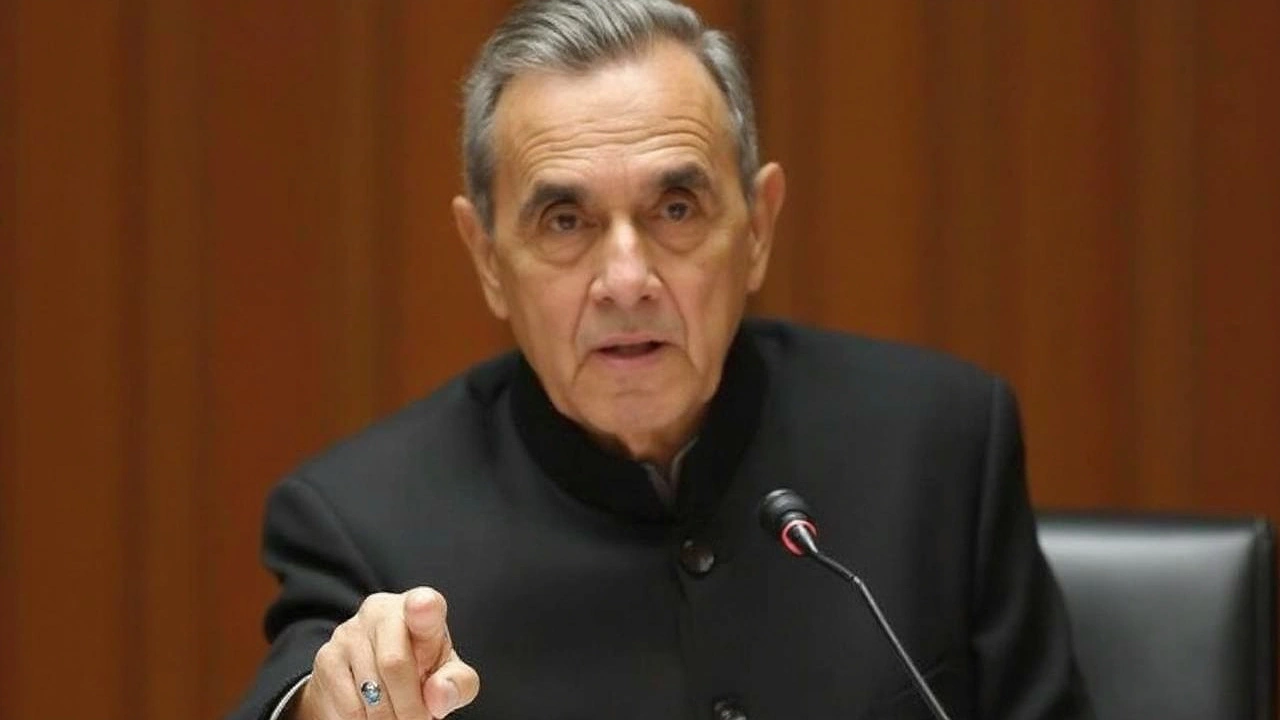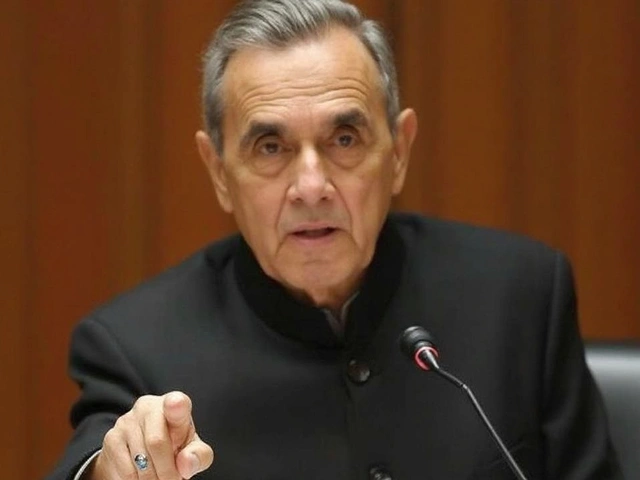Vice President Jagdeep Dhankhar Steps Down Citing Health, NDA Prepares for Successor Election

Jagdeep Dhankhar’s Sudden Resignation Rocks Parliament
The start of the 2025 Monsoon Session was anything but ordinary. Vice President Jagdeep Dhankhar handed his resignation to President Droupadi Murmu early on July 21, citing health issues. His term was supposed to run until 2027, so this move caught almost everyone off guard.
Dhankhar became Vice President in August 2022 after a high-profile legal and political career, including stints as the Governor of West Bengal and a senior advocate. While official statements point to his health as the main reason, plenty of lawmakers are not buying it. Rumors are flying about possible hidden motives — with some in the opposition saying the timing, right at the opening of a major Parliament session, seems too convenient to be a coincidence.
Now, with the Rajya Sabha suddenly without its usual chairman, Deputy Chairman Harivansh Narayan Singh has taken over interim duties. Behind the scenes, parties are scrambling, with the ruling National Democratic Alliance (NDA) already drawing up a shortlist for Dhankhar’s successor. Names rumored to be in the running include current governors, senior BJP figures, and Union ministers.
How India Handles a Vice President’s Vacancy
This isn’t the first time a Vice President in India has resigned mid-term, but it’s rare. In fact, only two others — V.V. Giri in 1969 and R. Venkataraman in 1984 — have done so before. Mid-term resignations tend to spark all sorts of political recalculations, and this one’s no exception.
Under Article 67(a) of the Constitution, India’s Vice President can quit any time by handing a written resignation to the President. Once the seat is vacant, the Election Commission is legally bound to organize a fresh election quickly. The timetable is tight, but until the next Vice President is in place, day-to-day proceedings in the Rajya Sabha continue under the Deputy Chairman’s watch.
The process kicks into gear with the rules set by the Presidential and Vice-Presidential Elections Act, 1952. The election involves both houses of Parliament voting, often leading to intense behind-closed-doors negotiations as alliances shift and parties try to line up their support.
- The winner is chosen by an electoral college made up of all Members of Parliament.
- Voting is done by secret ballot, which keeps the suspense high.
- The Election Commission announces the poll schedule, sometimes within days of a vacancy.
This entire process keeps political observers on their toes. PM Narendra Modi publicly thanked Dhankhar for his service, but behind the expressions of goodwill, party strategists on all sides are doing the math on who can win the top constitutional slot.
For now, all eyes are on the NDA’s candidate and whether the opposition will unite around a strong challenger, as the countdown to the new Vice President's election begins.
